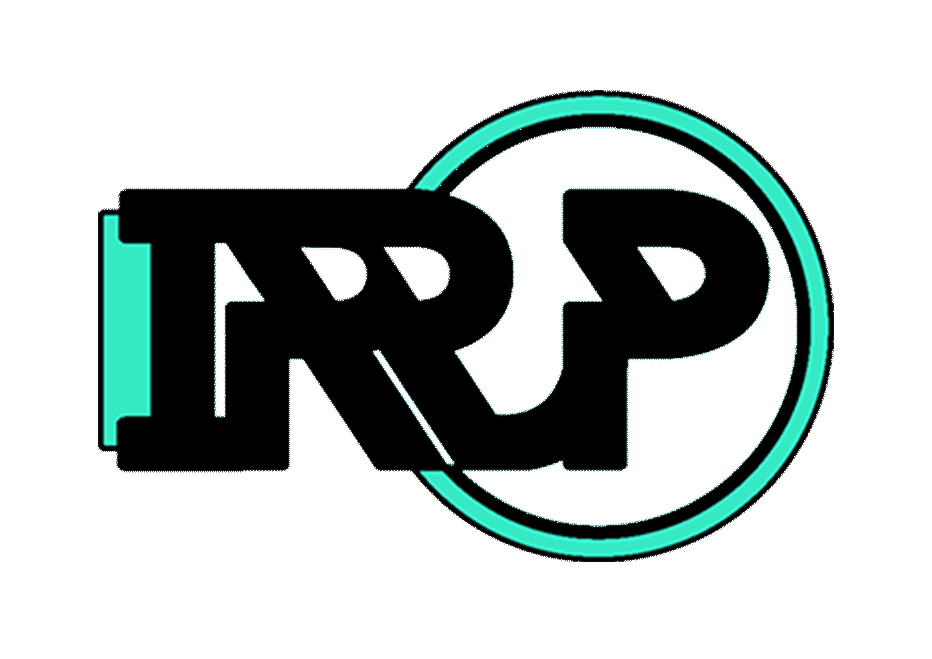Burst Pressure Determination of Vehicle Toroidal Oval Cross-Section LPG Fuel Tanks
Abstract
This study addresses the prediction of the burst pressures and burst failure locations of the vehicle toroidal liquefied petroleum gas (LPG) fuel tanks using both experimental and finite element analysis (FEA) approaches. The experimental burst test investigations were carried out hydrostatically in which the cylinders were internally pressurized with water.

